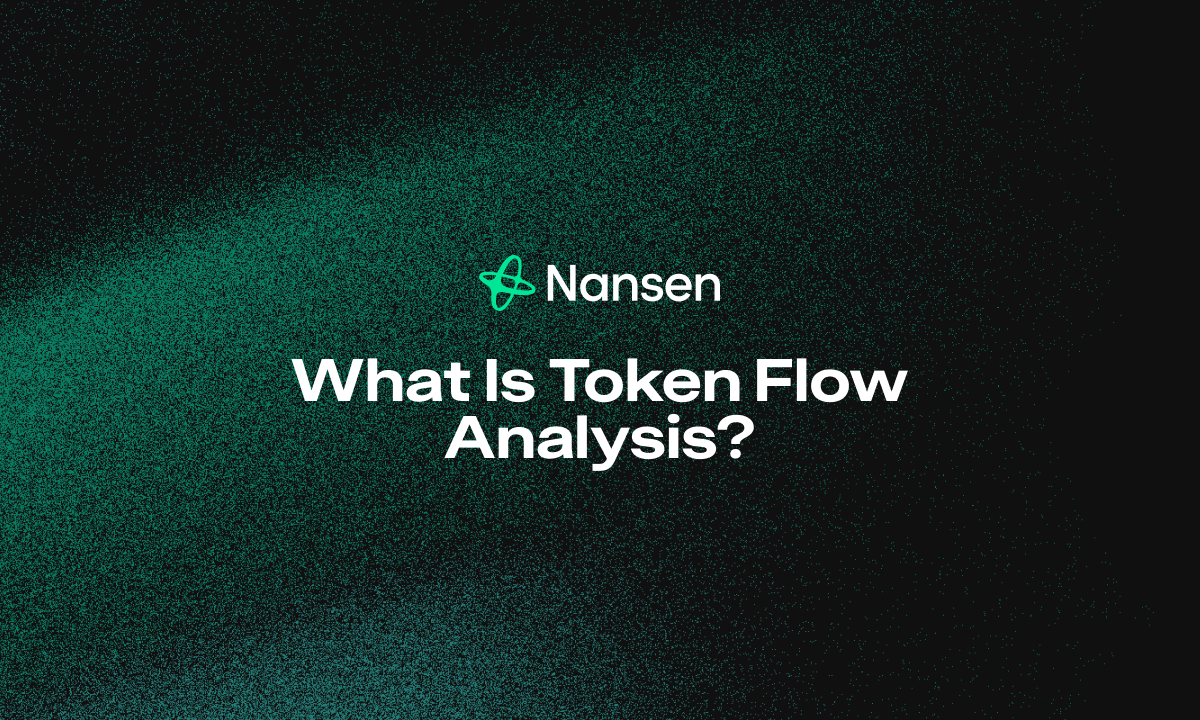Token flow analysis examines how cryptocurrencies move between different participants in an ecosystem. Think of it as tracking the circulation of blood in a body—it reveals the health of the entire system.
Key insight: Token flow patterns often predict price movements before they happen on charts.
Unlike simple price analysis, token flow analysis looks at:
- Who holds the tokens
- How tokens transfer between entities
- Where tokens enter and exit the ecosystem
- What triggers token movement
This approach gives you a deeper understanding of a project's sustainability and potential growth than just watching price charts.
Why Token Flow Analysis Matters for Your Portfolio
As a crypto investor, you need every advantage you can get. Token flow analysis helps you:
- Identify unsustainable projects before they collapse
- Spot potential price catalysts early
- Understand if a token's price is artificially inflated
- Evaluate if a project's incentive structure creates long-term value
Real-world example: In early 2022, several DeFi projects showed concerning token outflow patterns from developer wallets months before their prices crashed. Investors using token flow analysis could have avoided significant losses.
The Building Blocks: Tokenomics and Distribution
Token flow analysis starts with understanding a project's tokenomics — the economic model governing a cryptocurrency. Good tokenomics creates natural demand while managing supply intelligently.
Key elements to analyze in a token's distribution:
- Initial allocation percentages (team, investors, community)
- Vesting schedules and unlock dates
- Treasury management policies
- Inflation rates and burn mechanisms
Pro tip: Projects with heavy token allocation to insiders and short vesting periods often show problematic token flow patterns that lead to price instability.
Supply and Demand Analysis Through Token Flow
Token price ultimately comes down to supply and demand dynamics. Token flow analysis helps quantify these forces by examining:
- New token issuance (inflation)
- Token burning (deflation)
- Token velocity (how quickly tokens change hands)
- Circulating supply vs. total supply
Pay close attention to selling pressure — when large amounts of tokens move to exchanges, prices often drop shortly after.
Ecosystem Participants and Their Impact on Token Flow
Different participants influence token flow in unique ways:
Founders and team members:
Watch for regular sales that might indicate lack of confidence
Venture capital investors:
Track unlock schedules and exchange deposits
Protocol treasuries:
Monitor spending rates and treasury diversification
Users and stakers:
Analyze retention rates and staking patterns
Smart contracts:
Examine automated token movements through protocol mechanisms
The healthiest ecosystems show balanced token flow between all participants rather than dominance by any single group.
Reward Incentives and Their Effect on Token Flow
Many crypto projects use token incentives to drive user adoption. While effective for growth, these can create unsustainable token flow patterns.
Questions to ask about incentives:
- Do rewards create genuine utility or just temporary participation?
- Are incentives sustainable without continuous token inflation?
- Do rewards lead to immediate selling (high token velocity)?
- Do incentive structures align all participants toward value creation?
Warning sign: Projects that rely heavily on token rewards without creating corresponding token utility often develop unhealthy token inflow and outflow patterns.
Practical Tools for Token Flow Analysis
You don't need advanced technical skills to begin analyzing token flows. Start with:
- Onchain analysis platforms like Nansen or Glassnode
- Token flow diagrams that map ecosystem movement
- Exchange inflow/outflow metrics
- Wallet tracking of major holders
- Social sentiment analysis of community members
Combine these data points to build a comprehensive view of a token's ecosystem health.
Common Token Flow Red Flags
Watch for these warning patterns:
- Large transfers from founder wallets to exchanges
- Declining staking rates despite high rewards
- Treasury addresses rapidly depleting funds
- Incentivized users immediately selling reward tokens
- Token velocity increasing while utility remains flat
Any of these patterns might indicate fundamental problems with a project's tokenomics.
The Future of Token Value: Ecosystem Design
The most successful crypto projects create ecosystems where tokens naturally flow in cycles rather than in one direction. This requires thoughtful ecosystem design that:
- Creates genuine token utility beyond speculation
- Establishes sustainable token value transfer mechanisms
- Balances token price floors with growth potential
- Aligns incentives across all ecosystem participants
Final thought: The projects that will survive long-term are those that design token flow patterns that reinforce value rather than extract it.
Token flow analysis isn't just another investing tool — it's a fundamental shift in how we evaluate crypto assets. By understanding these patterns, you can spot both opportunities and threats that price charts alone might never reveal.
Remember: in crypto, following the tokens often tells you more than following the hype.




